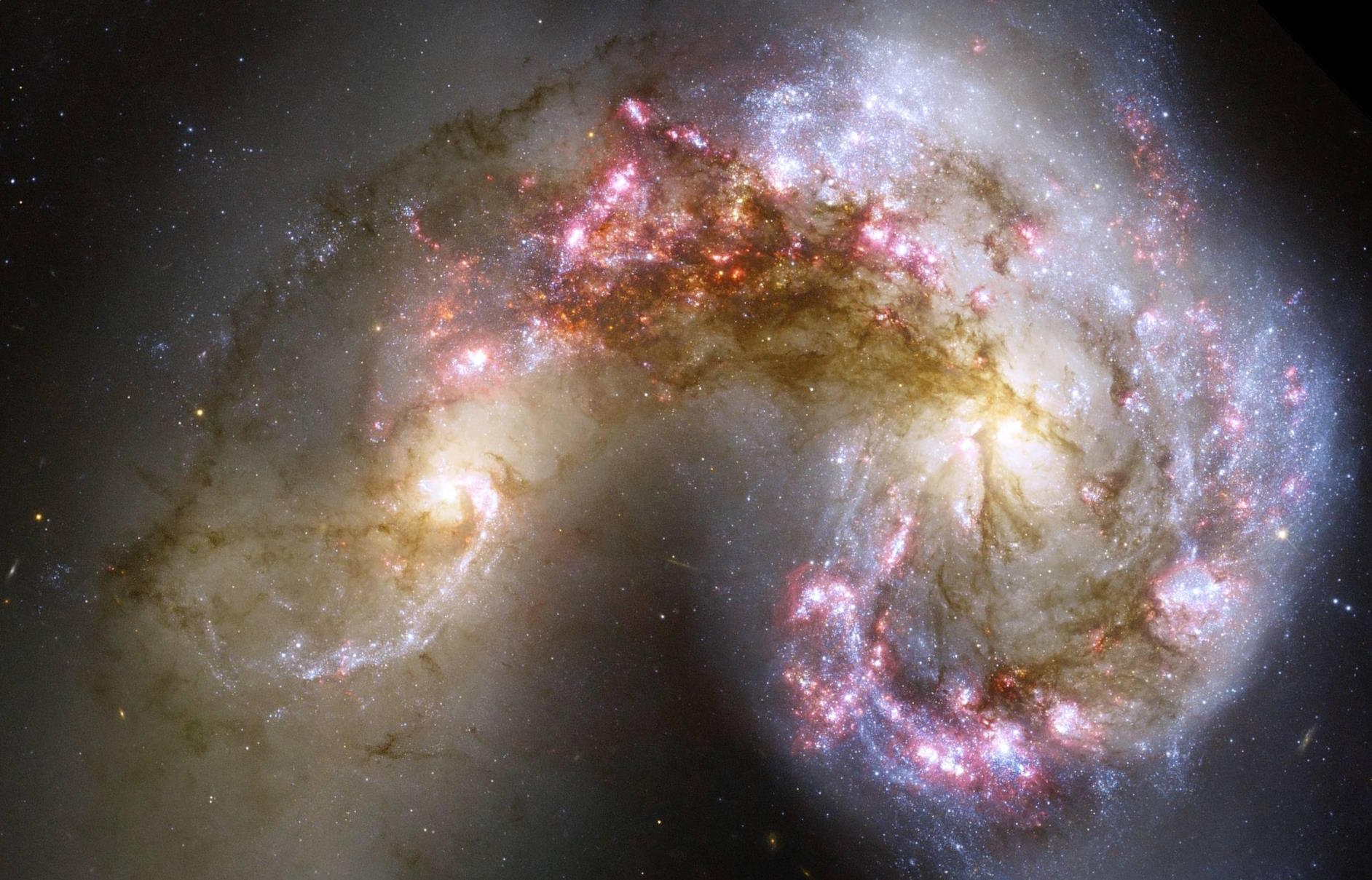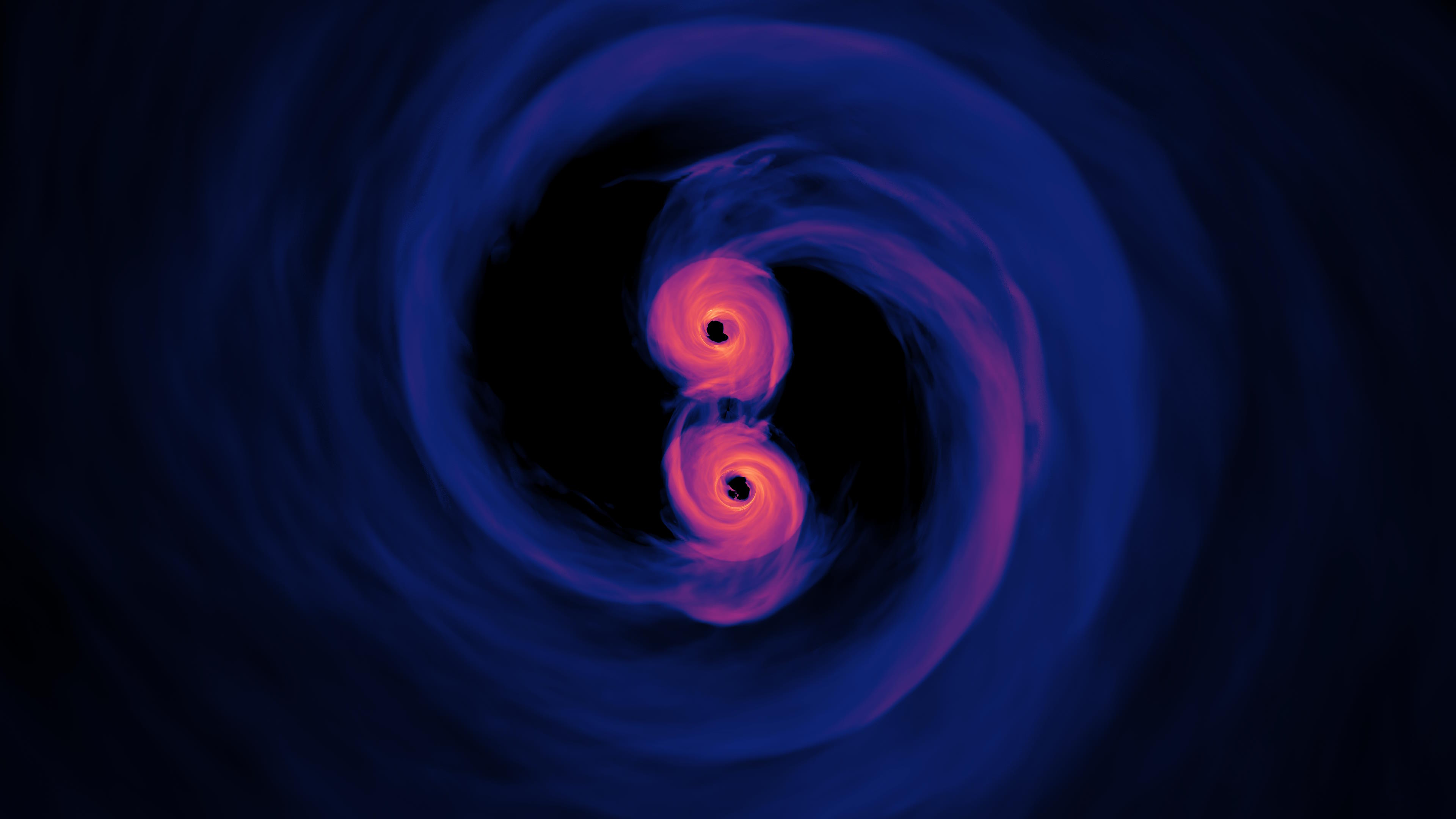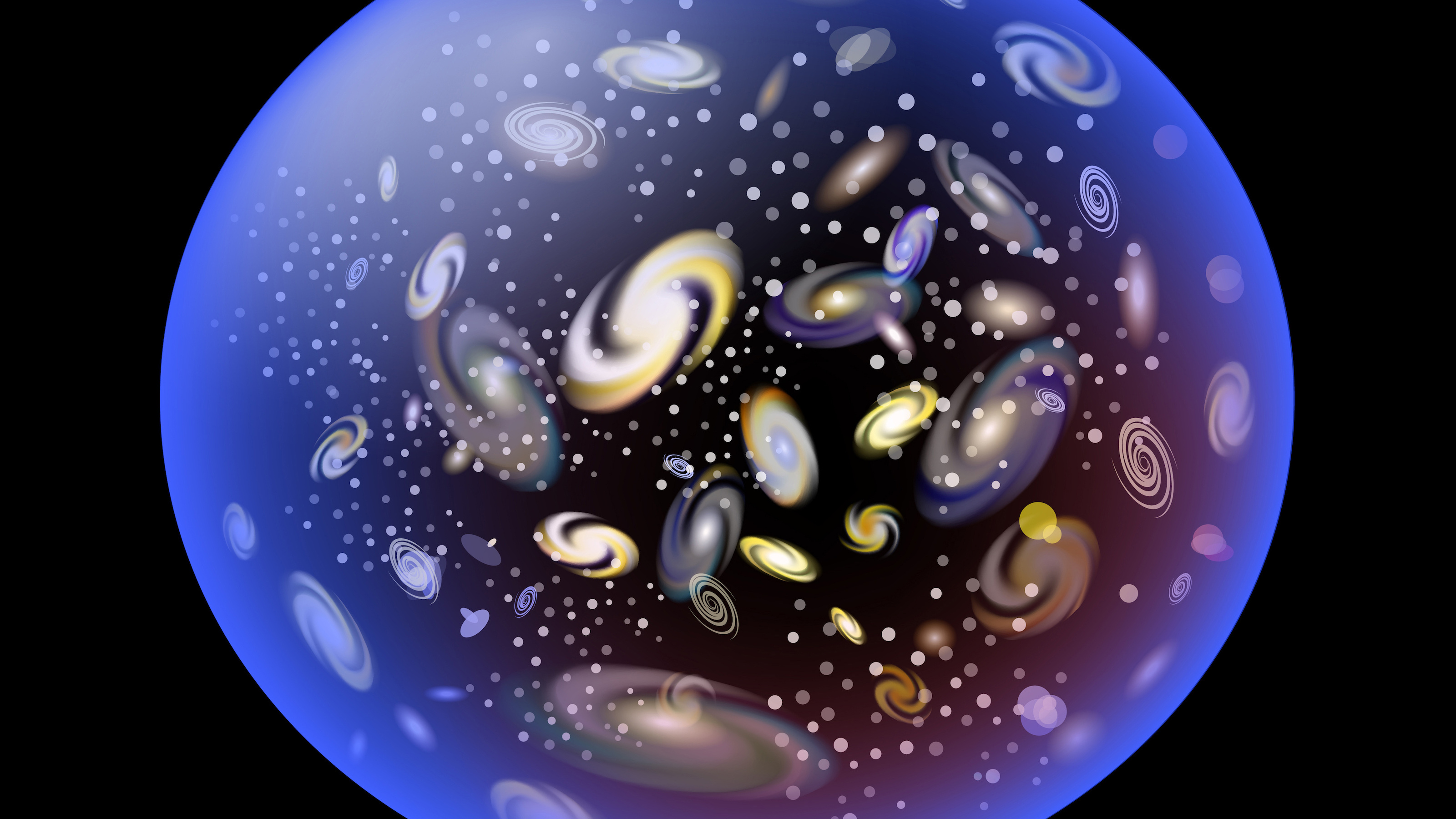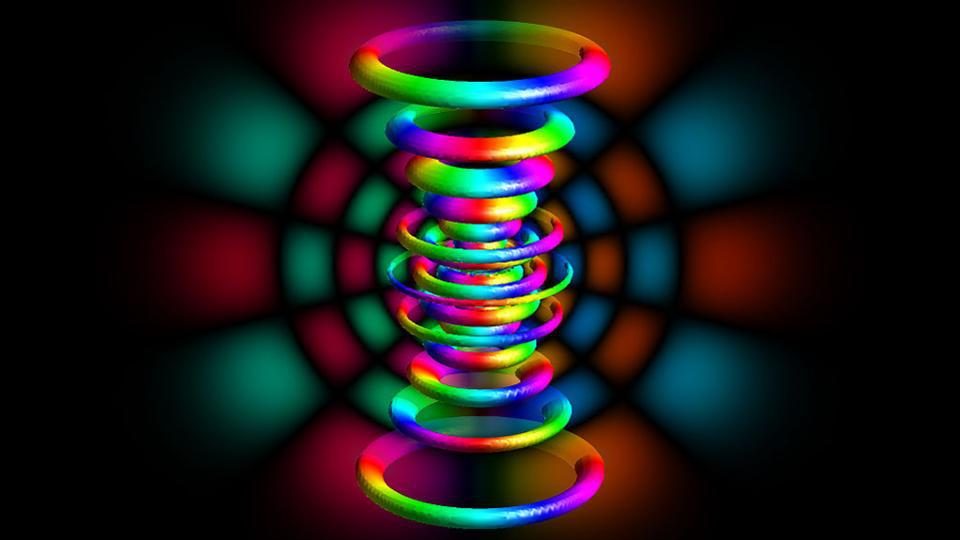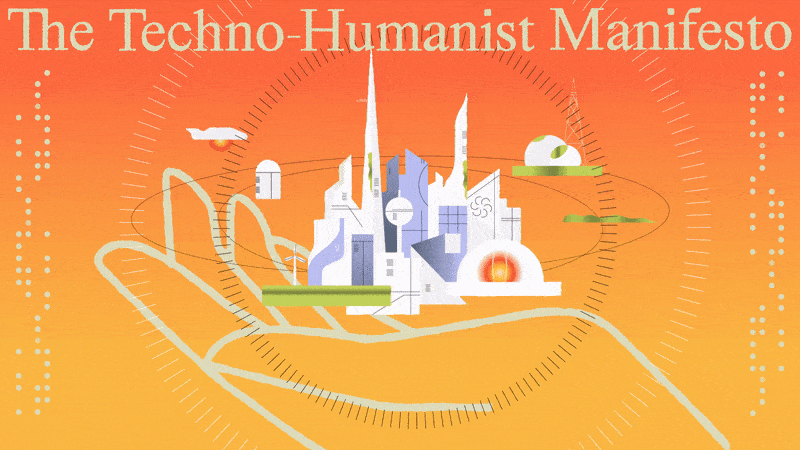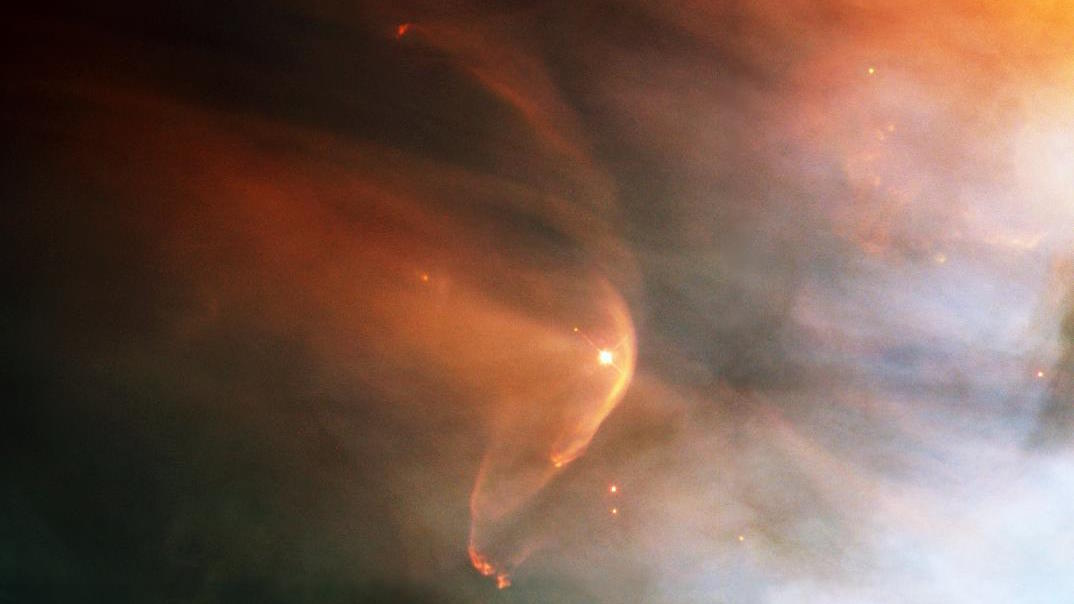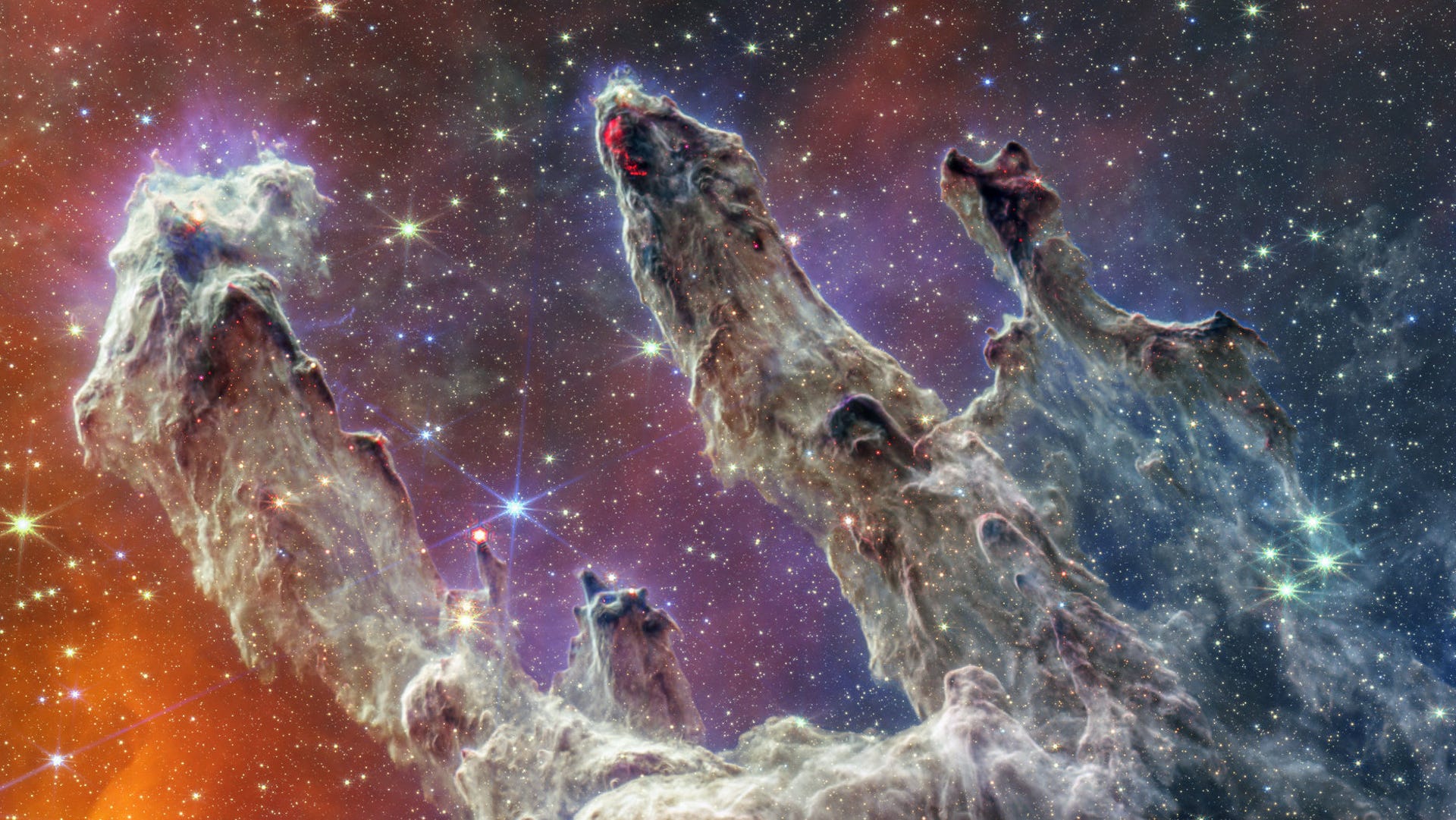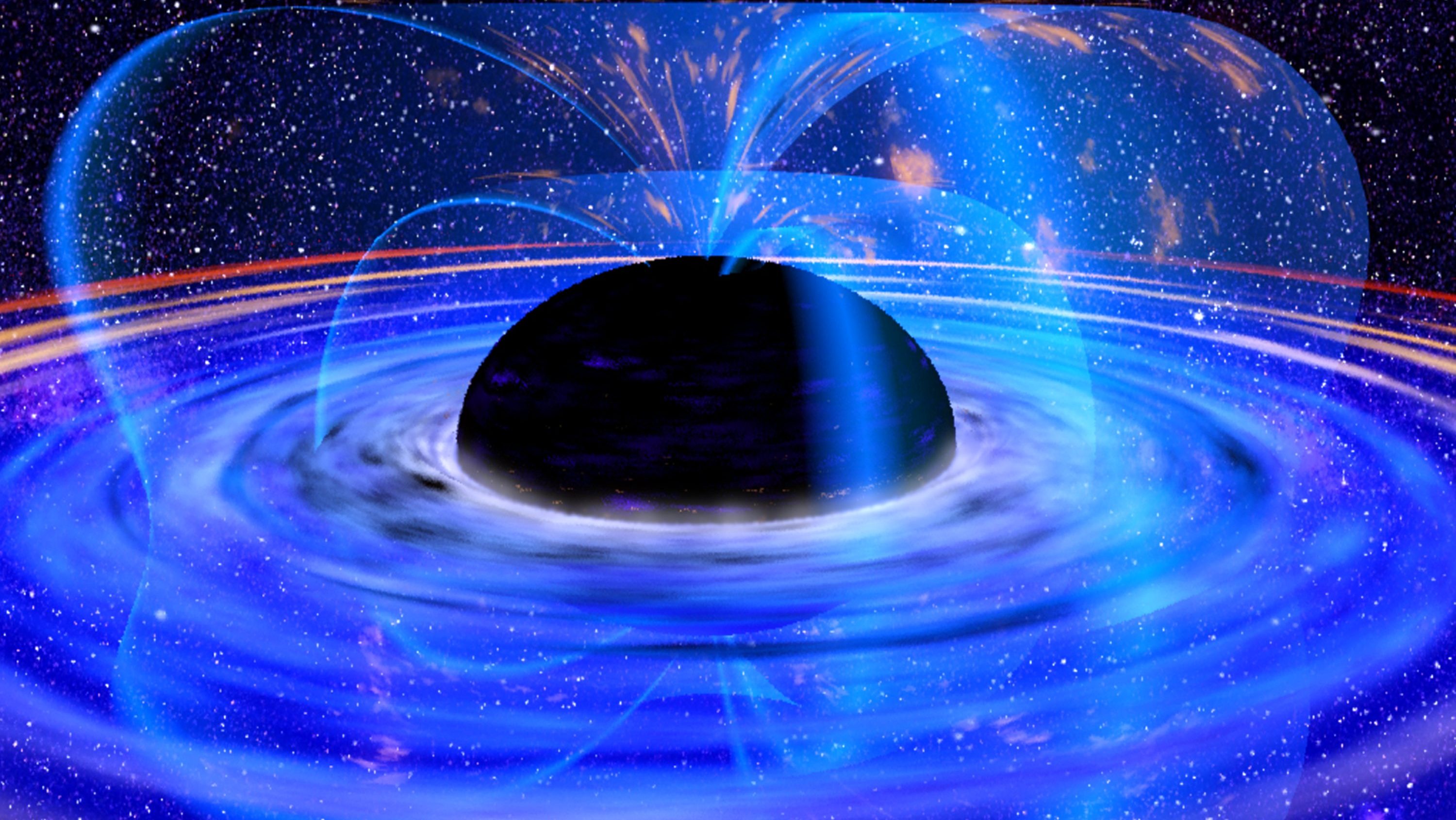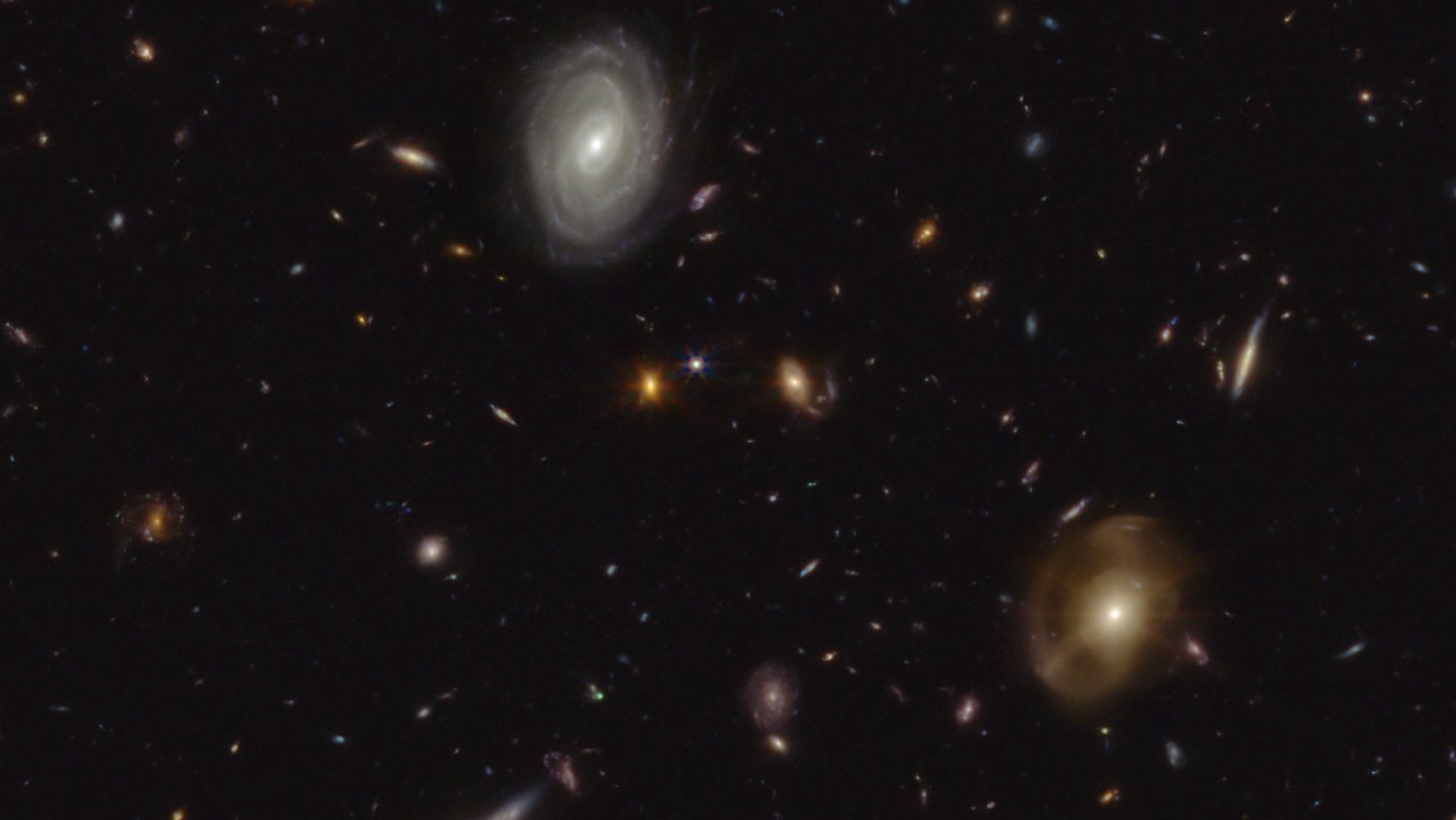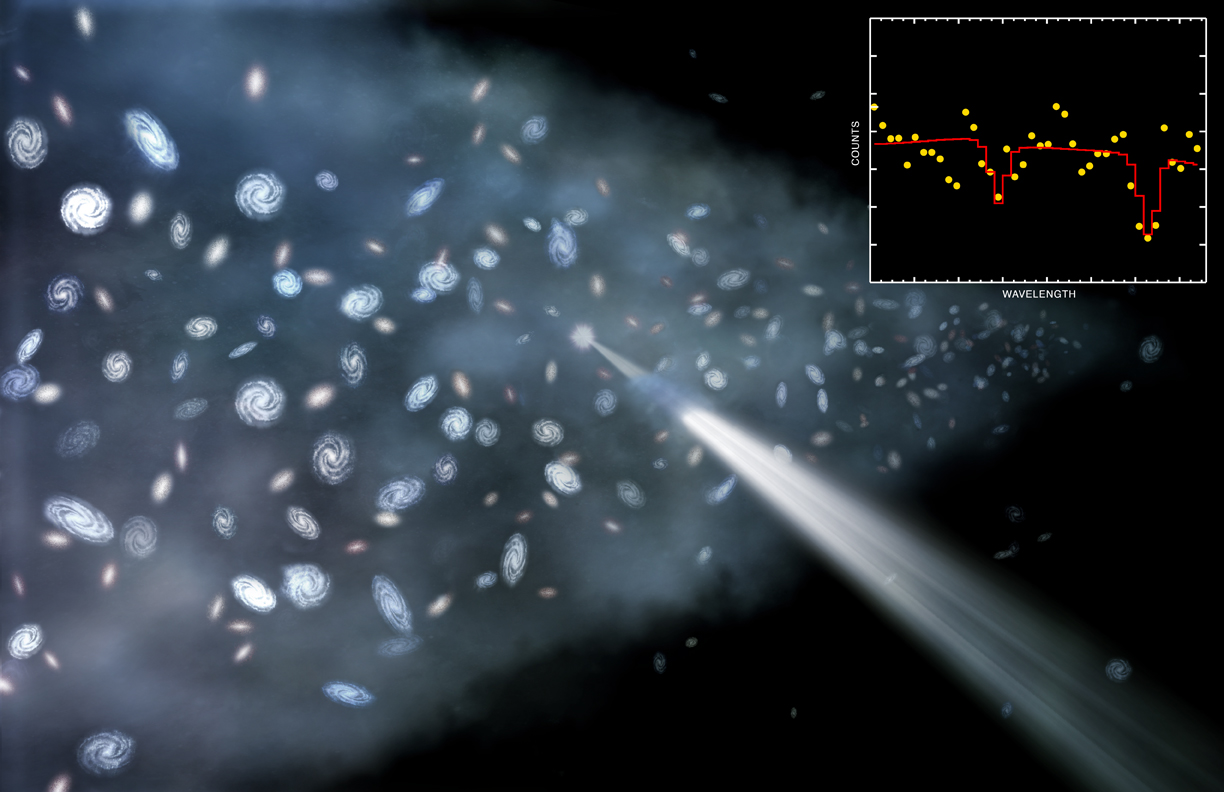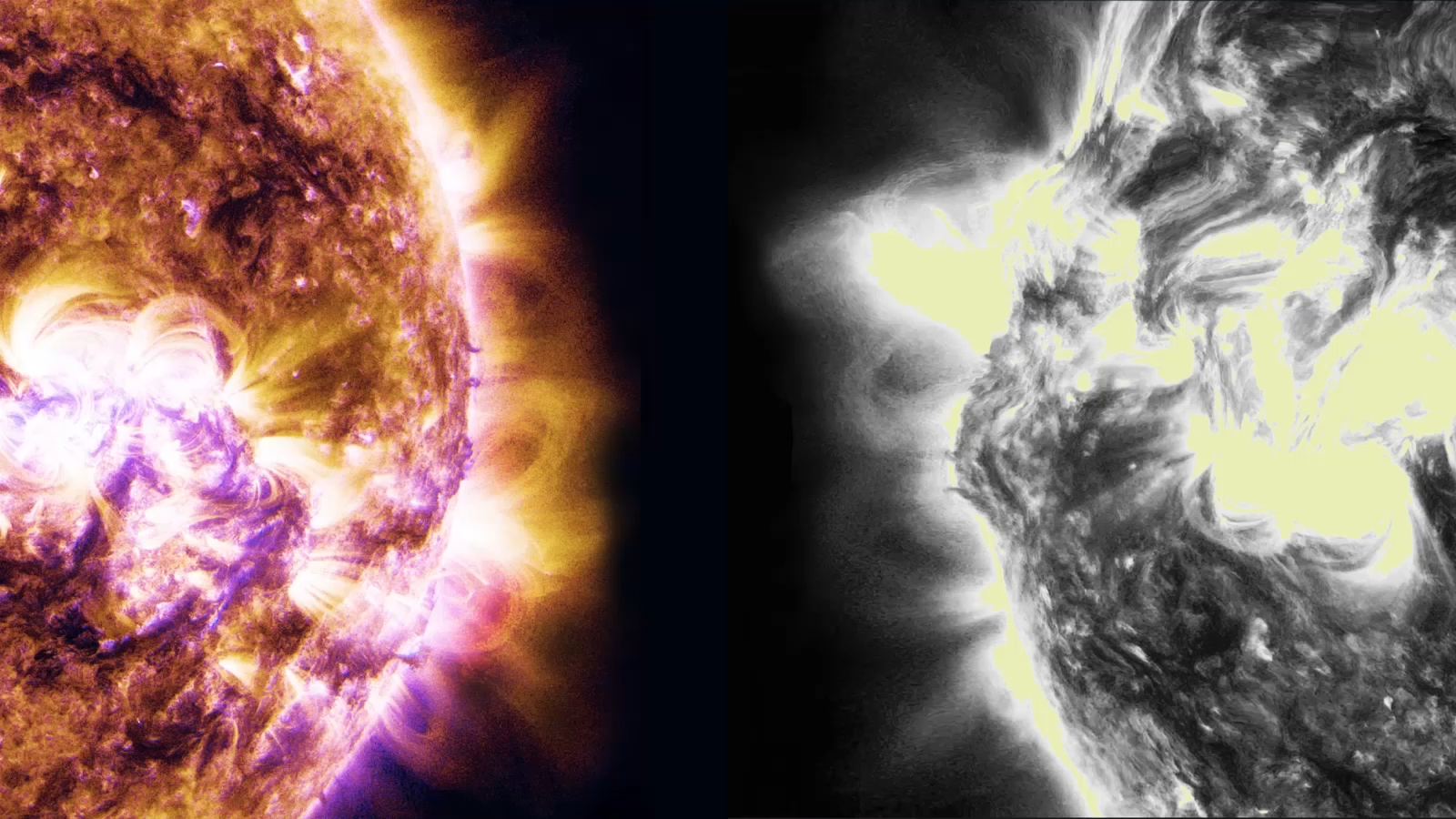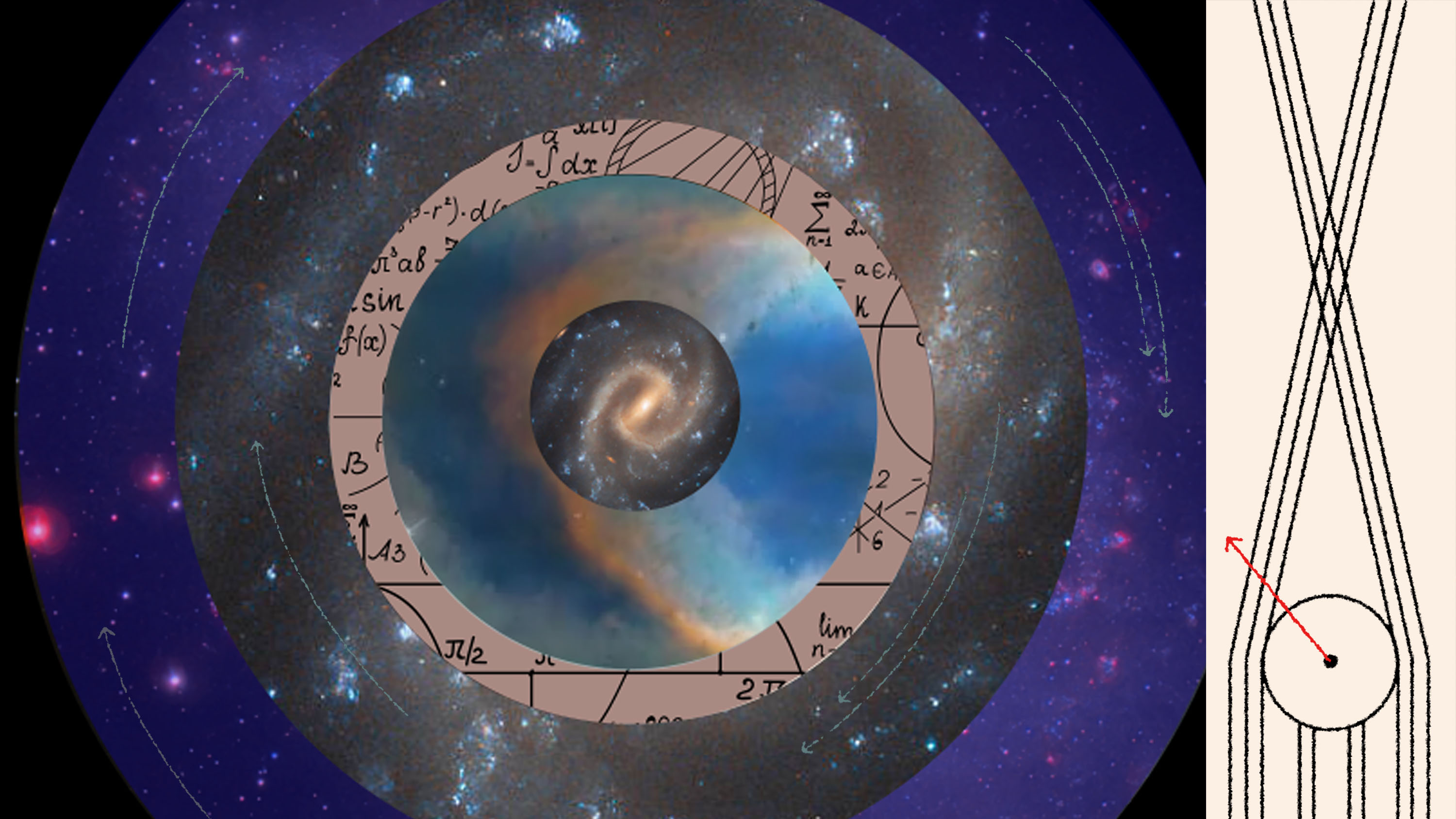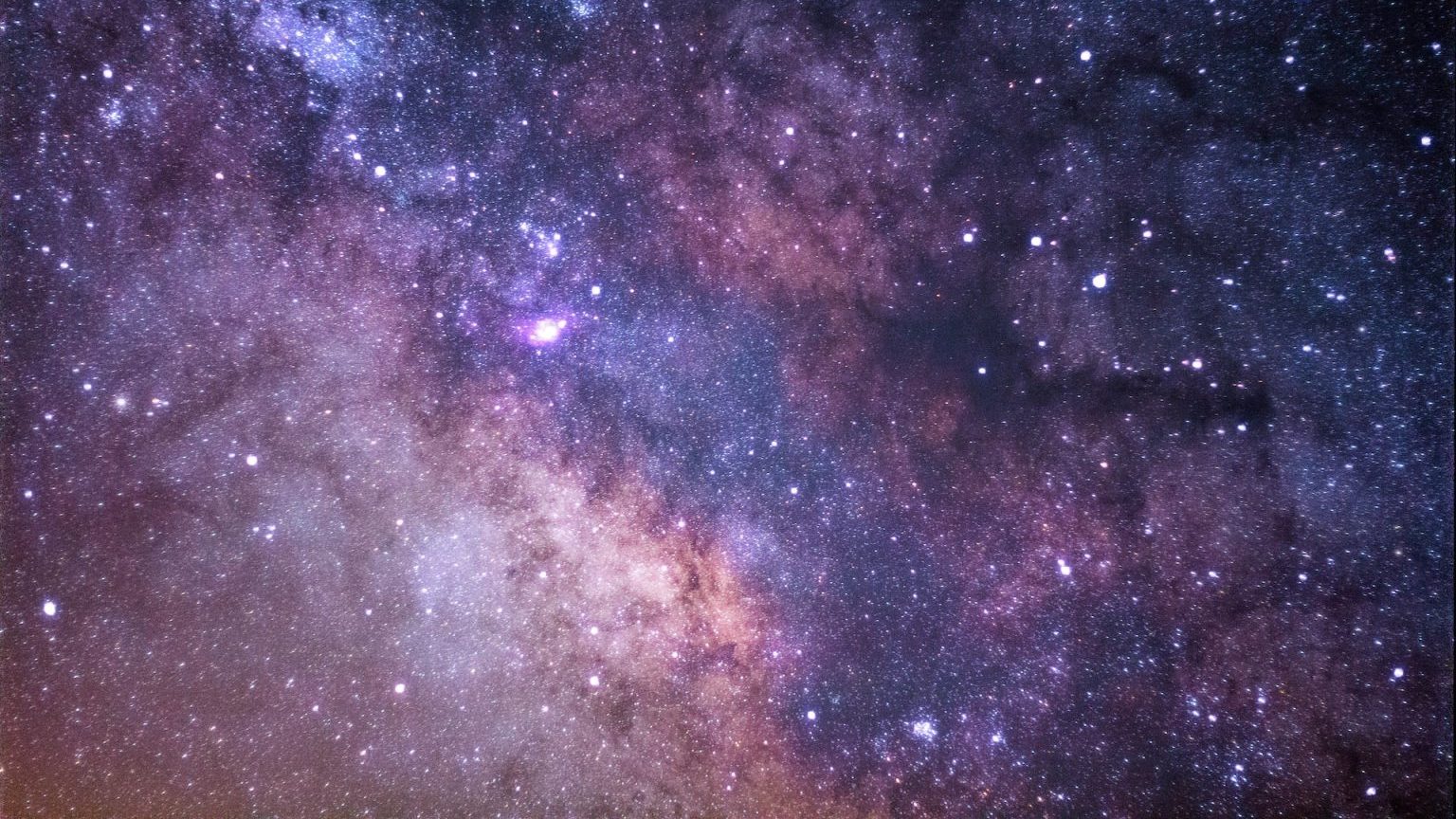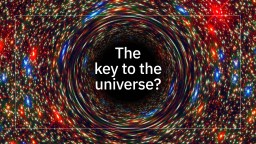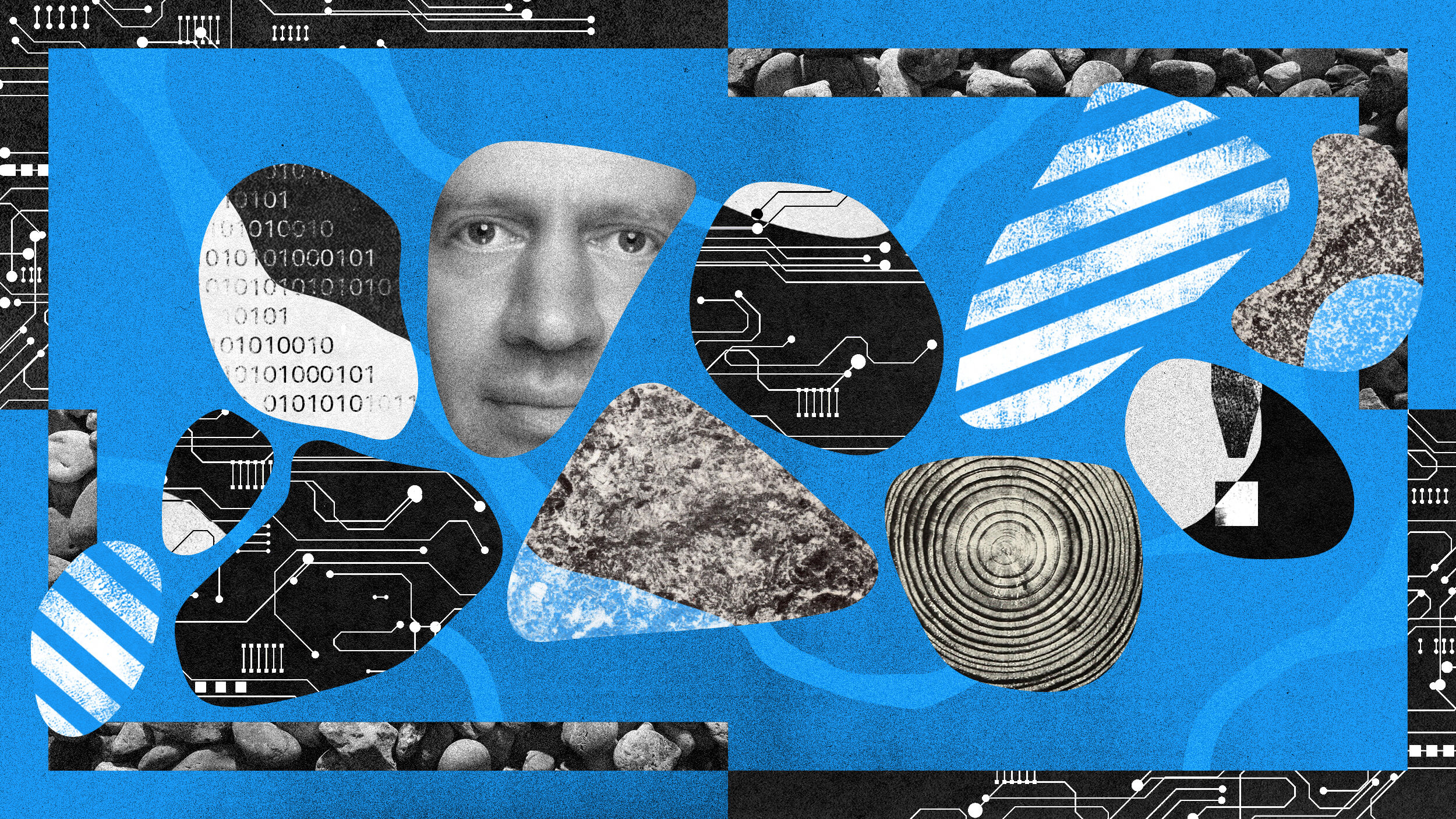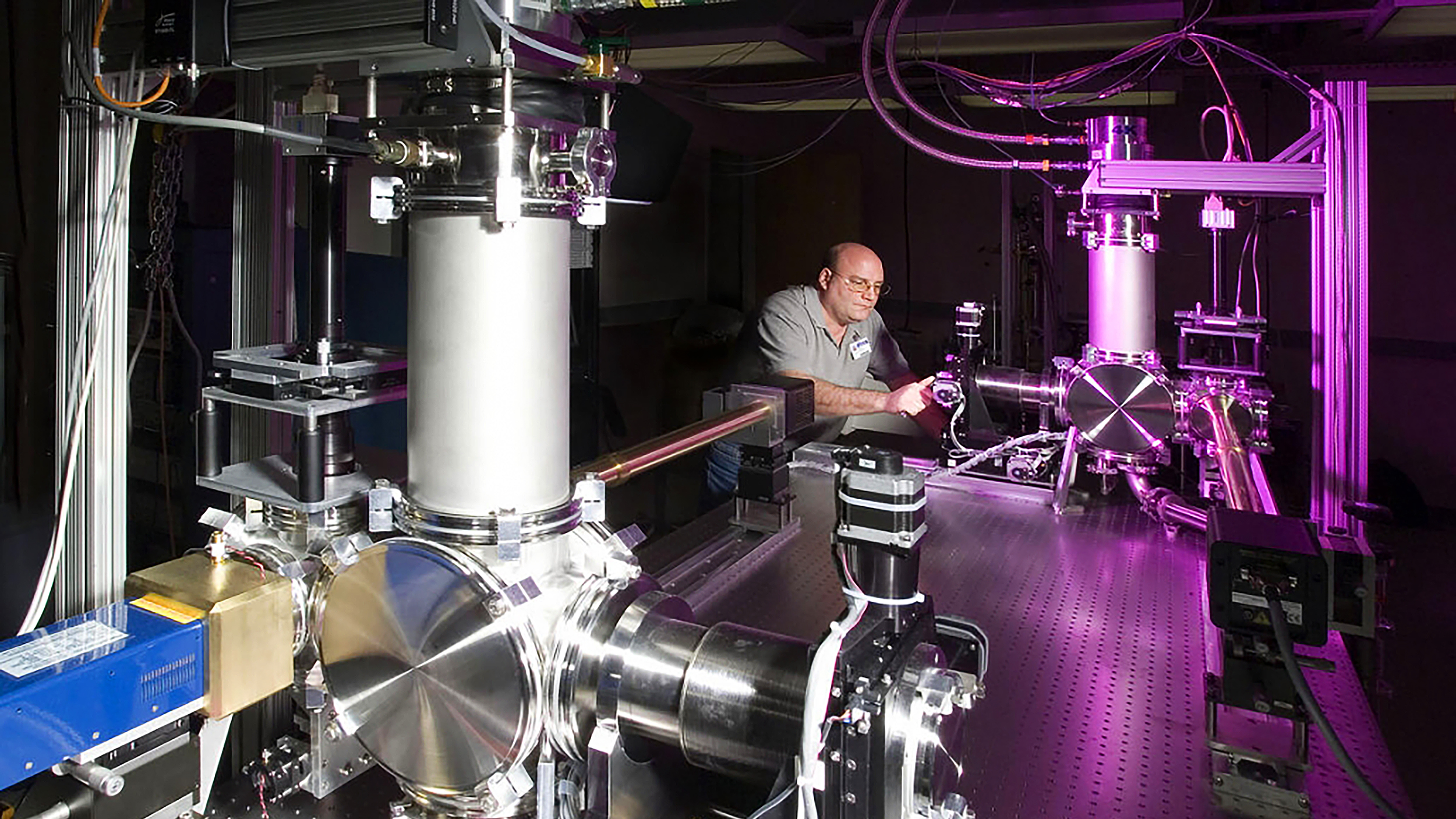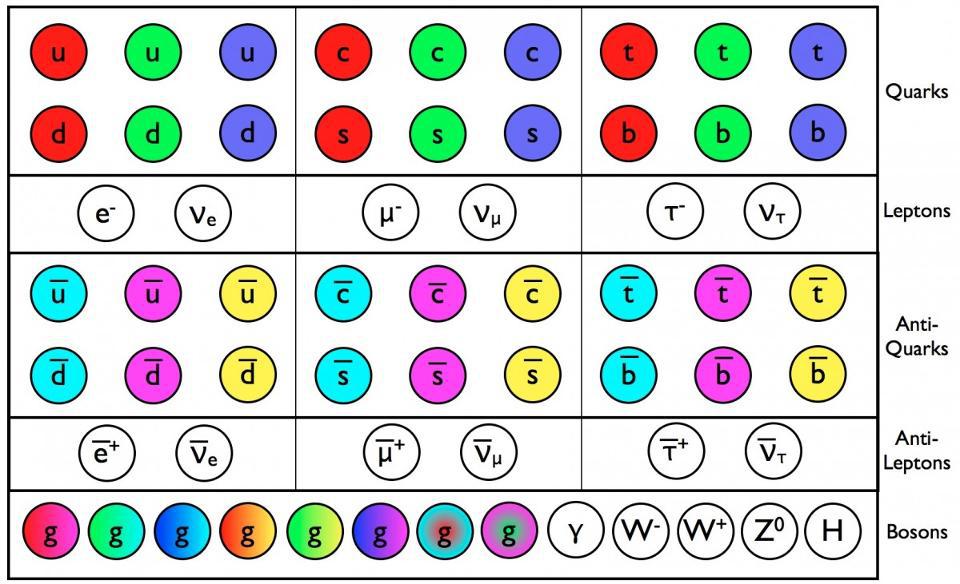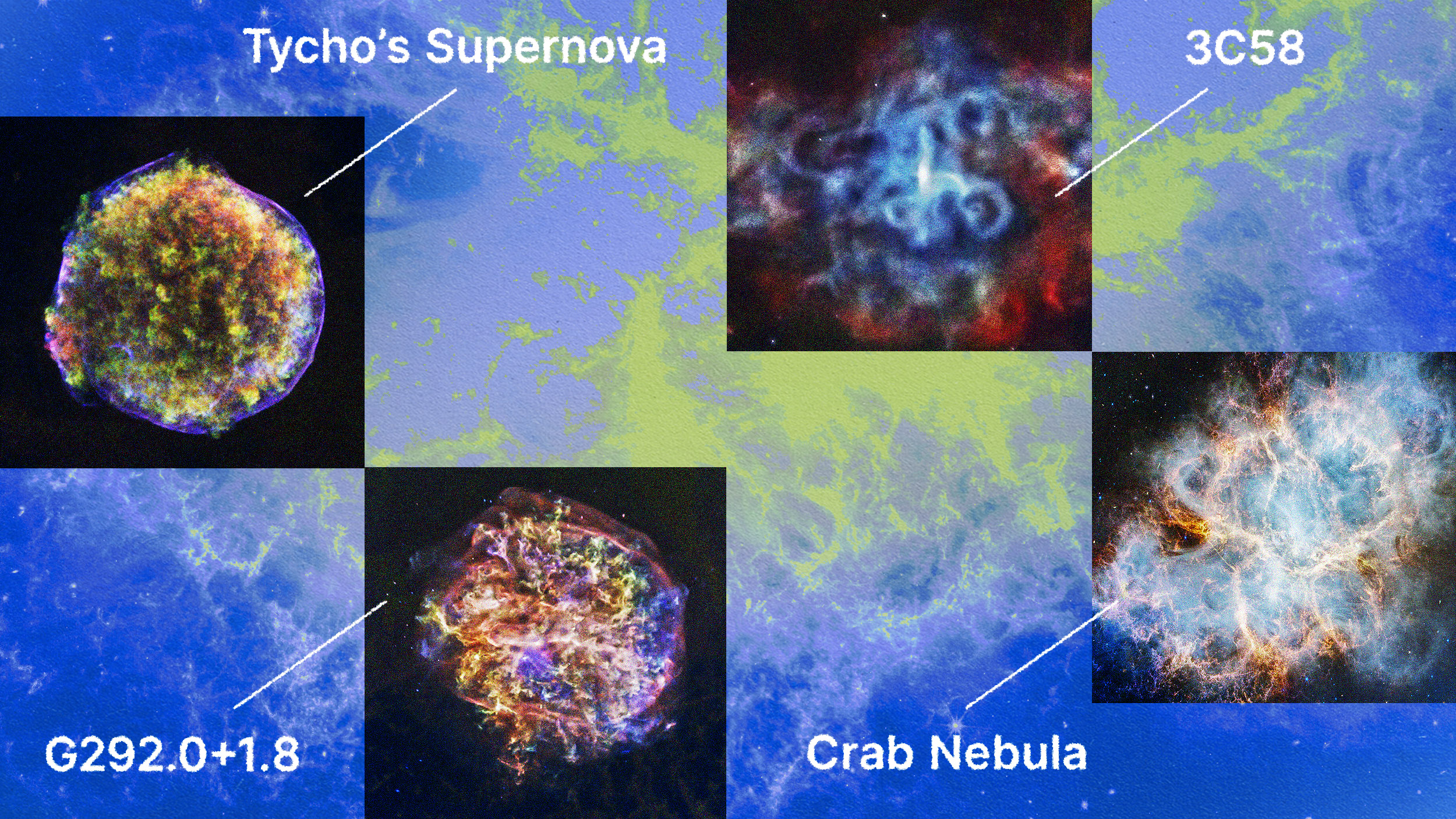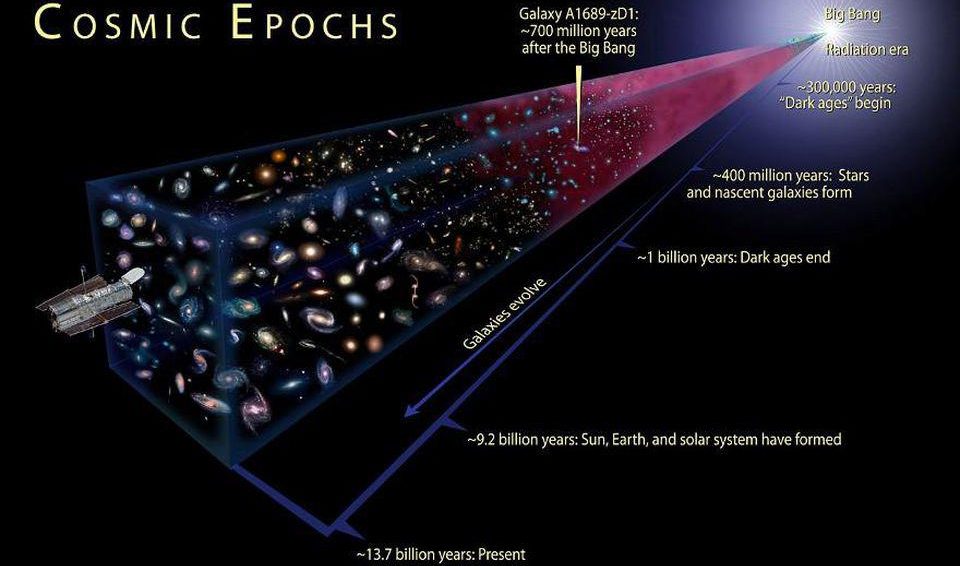The Universe isn’t just expanding, the expansion is also accelerating. If that’s true, how will the Milky Way and Andromeda eventually merge?
Search Results
You searched for: energy
Symmetries aren’t just about folding or rotating a piece of paper, but have a profound array of applications when it comes to physics.
If there are three neutrino species, all with different masses, then how is energy conserved when they oscillate from one flavor to another?
When supermassive black holes merge, they emit more energy than anything else to occur in our Universe except the Big Bang.
Lithium-ion batteries pose challenges for our transition toward renewable energy. Sodium-sulfur batteries might be a solution.
The mutual distance between well-separated galaxies increases with time as the Universe expands. What else expands, and what doesn’t?
Quantum uncertainty and wave-particle duality are big features of quantum physics. But without Pauli’s rule, our Universe wouldn’t exist.
The world needs a moral defense of progress based in humanism and agency.
Wind farms seem less productive when scientists incorporate more realistic atmospheric models into their output predictions.
The laws of physics don’t prefer matter over antimatter. So how can we be certain that distant stars & galaxies aren’t made of antimatter?
Big Think interviews Angie Westbrock, CEO of Standard AI, to learn the secrets of adapting to the winds of change.
A deep dive into the chaotic journey of star formation.
Black holes encode information on their surfaces, but evaporate away into Hawking radiation. Is that information preserved, and if so, how?
While humanity has been skywatching since ancient times, much of our cosmic understanding has come about only recently. Very recently.
The hot Big Bang was an energetic, brilliantly luminous event. Today’s Universe is alight with stars. But in between, the dark ages ruled.
From nothing to everything: How zero changed our understanding of the universe, forever.
▸
3 min
—
with
Just by observing the tiny amount of deuterium left over from the Big Bang, we can determine that dark matter and dark energy must exist.
In the early stages of the hot Big Bang, there were only free protons and neutrons: no atomic nuclei. How did the first elements form from them?
Cosmologists are largely still in the dark about the forces that drive the Universe.
The passage of time is something we all experience, as it takes us from one moment to the next. But could it all just be an illusion?
From the Big Bang to dark energy, knowledge of the cosmos has sped up in the past century — but big questions linger.
Is information intrinsic in our universe? NASA’s Michelle Thaller explains.
▸
8 min
—
with
AI researcher and author Ken Stanley wonders how our rear-view perspective on success fits into a serendipitous mode of innovation.
Light can be turned into heat, which can then be turned into motion, and the effect of that motion can be turned into a big squeeze.
It will be immensely difficult for the Bitcoin and Ethereum blockchains to protect their competitive edge if they do not pursue a radical change.
Predicted way back in the 1960s, the discovery of the Higgs boson in 2012 completed the Standard Model. Here’s why it remains fascinating.
If it weren’t for the intricate rules of quantum physics, we wouldn’t have formed neutral atoms “only” ~380,000 years after the Big Bang.
The first stars took tens or even hundreds of millions of years to form, and then died in the cosmic blink of an eye. Here’s how.
The Universe is 13.8 billion years old, going back to the hot Big Bang. But was that truly the beginning, and is that truly its age?
When you combine the Uncertainty Principle with Einstein’s famous equation, you get a mind-blowing result: Particles can come from nothing.
